Rice Varieties Techniques in Malaysian Culinary Traditions
11 min read Explore the diverse rice varieties and techniques central to Malaysian culinary traditions and flavor profiles. July 18, 2025 21:05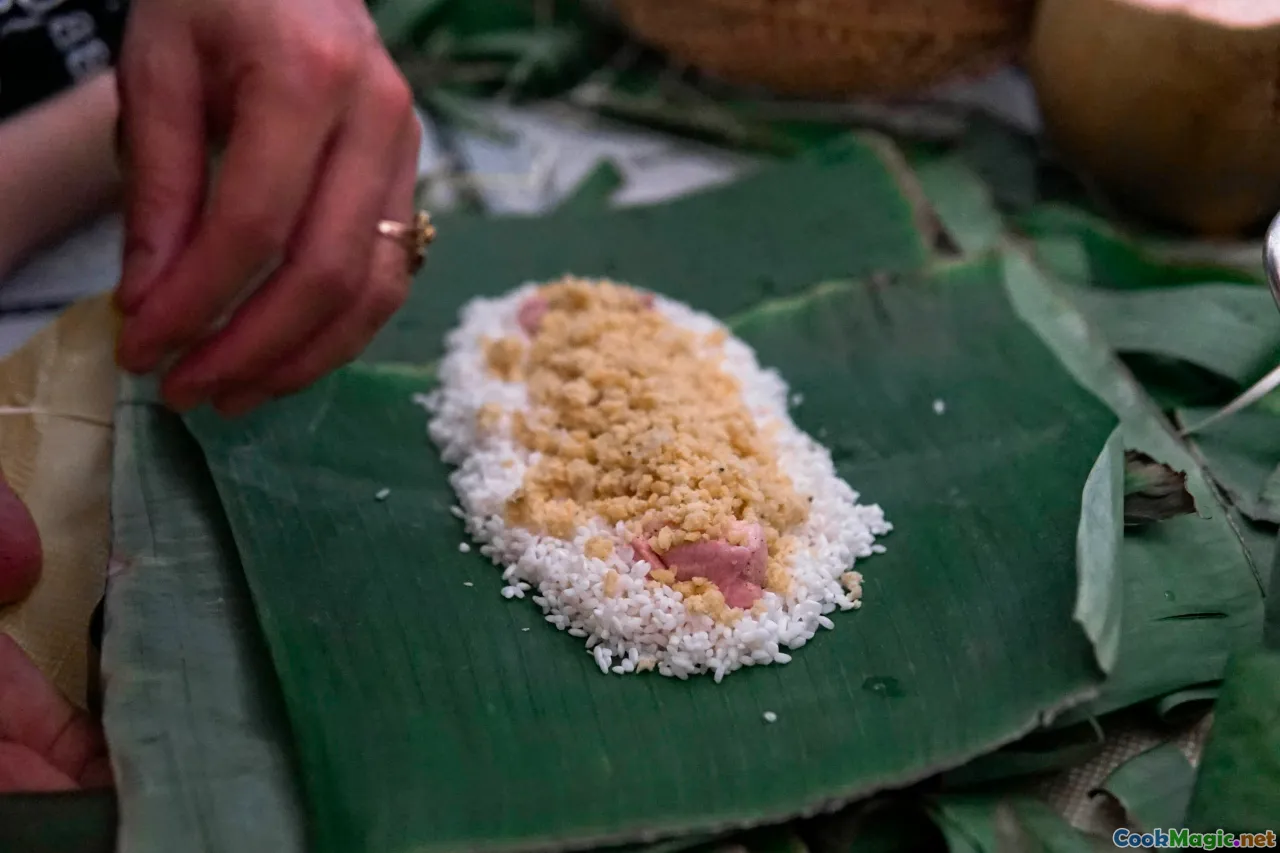
Rice Varieties Techniques in Malaysian Culinary Traditions
Malaysian cuisine is a vibrant tapestry woven with flavors, aromas, and textures that tell stories of centuries-old trade routes, diverse cultures, and local ingenuity. At the heart of these culinary treasures lies rice—a humble grain that transforms into regal dishes, humble everyday meals, and festive feasts alike. The myriad rice varieties and the meticulous techniques used to prepare them reflect the rich cultural mosaic of Malaysia, from the bustling streets of Kuala Lumpur to the serene paddy fields of Kelantan.
Embark with me on a sensory journey as we explore the profound importance of rice varieties in Malaysian culinary traditions—delving into how their unique properties inspire specific cooking techniques, inspire iconic dishes, and evoke nostalgic memories of family gatherings and festive celebrations.
The Heartbeat of Malaysian Kitchens: The Variety of Rice Types
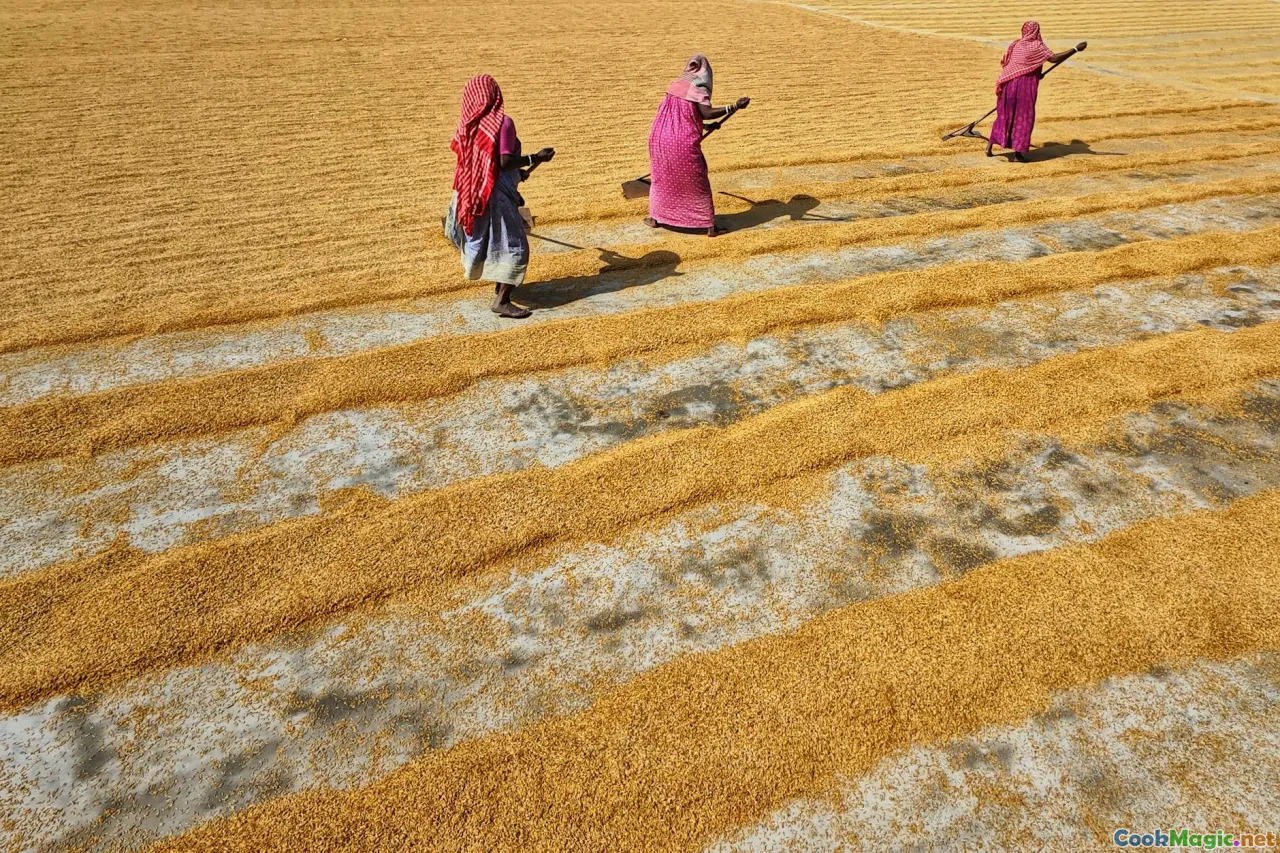
Malaysia's rice palette is as diverse as its people. Among the most cherished varieties are Beras Pulut(glutinous rice),Beras Siam(Thai fragrant rice),Beras Siam Parboiled, and the native Beras Tempatanvarieties likeBeras Bukit TimahandBeras Malinja. Each type possesses distinct visual and sensory qualities—from the sticky, lush texture of glutinous rice to the aromatic, fluffy grains of fragrant rice.
The climatic conditions, soil types, and traditional farming methods contribute to a multiplicity of rice qualities that have been preserved over generations. For instance, fragrant varieties like Beras Beras MasorBeras Beras Wangiare prized for their alluring aroma reminiscent of jasmine, a feature that elevates simple dishes into aromatic celebrations.Personal Insight: A visit to a traditional rice mill in Kedah revealed the meticulous care farmers take—from seed selection to harvesting—to produce rice with specific qualities desired in local dishes.
Techniques That Transform Rice into Culinary Art
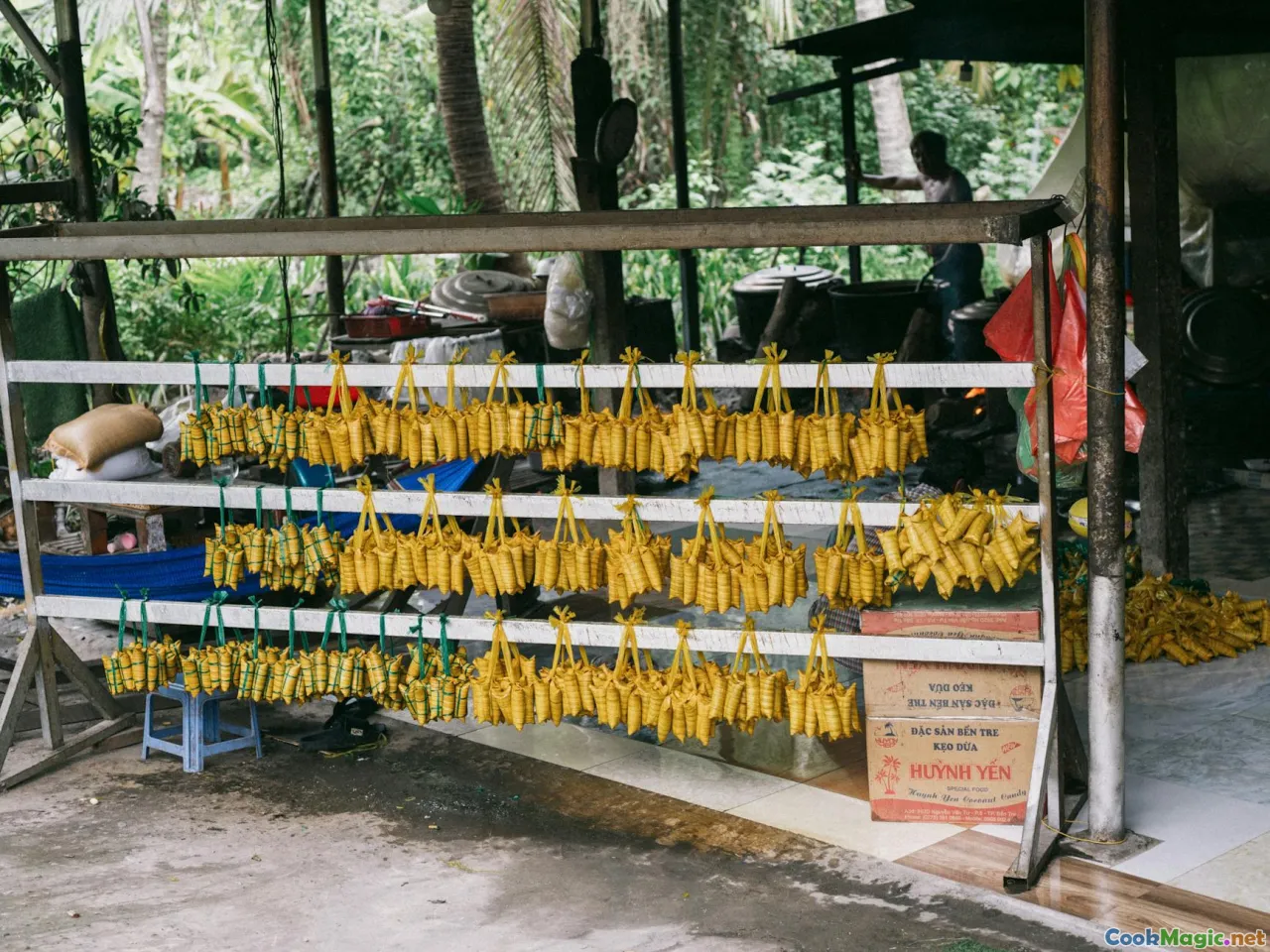
Malaysian cooks employ a rich array of techniques tailored to each rice variety—techniques that are as crucial as the ingredients themselves in producing authentic flavors.
1. Rinsing and Soaking: Setting the Foundation
In Malaysia, rinsing rice is more than just a clean-up step; it’s a ritual that removes excess surface starch, preventing clumping, especially for fragrant or long-grain varieties. Soaking rice before cooking—particularly for varieties like Basmati or Beras Wangi—is essential as it allows the grains to absorb moisture, leading to fluffier, more elongated cooked grains.
2. The Art of Water Ratios and Cooking Vessels
The traditional way employs a 'kawah' (metal pot) over gentle fire, with water ratios carefully adjusted. For sticky rice, less water ensures a cohesive texture, perfect for making Lemang (glutinous rice cooked with bamboo stick). Conversely, arroz fragrant varieties demand more water for fluffy, aromatic grains.
3. Steaming vs. Boiling
Steaming rice—especially for dishes like Nasi Lemak—preserves aroma and texture, while boiling is suited for mushy sticky rice used in Pulut IntiorKuih Pulut. Each technique influences the final sensory profile deeply.
4. The Final Touch: Resting
Resting cooked rice under a cloth allows residual steam to evenly distribute heat, resulting in grains that are separate and tender—crucial for dishes like Nasi TomatoorNasi Hainan.
Iconic Rice Dishes and How They Showcase Varieties and Techniques
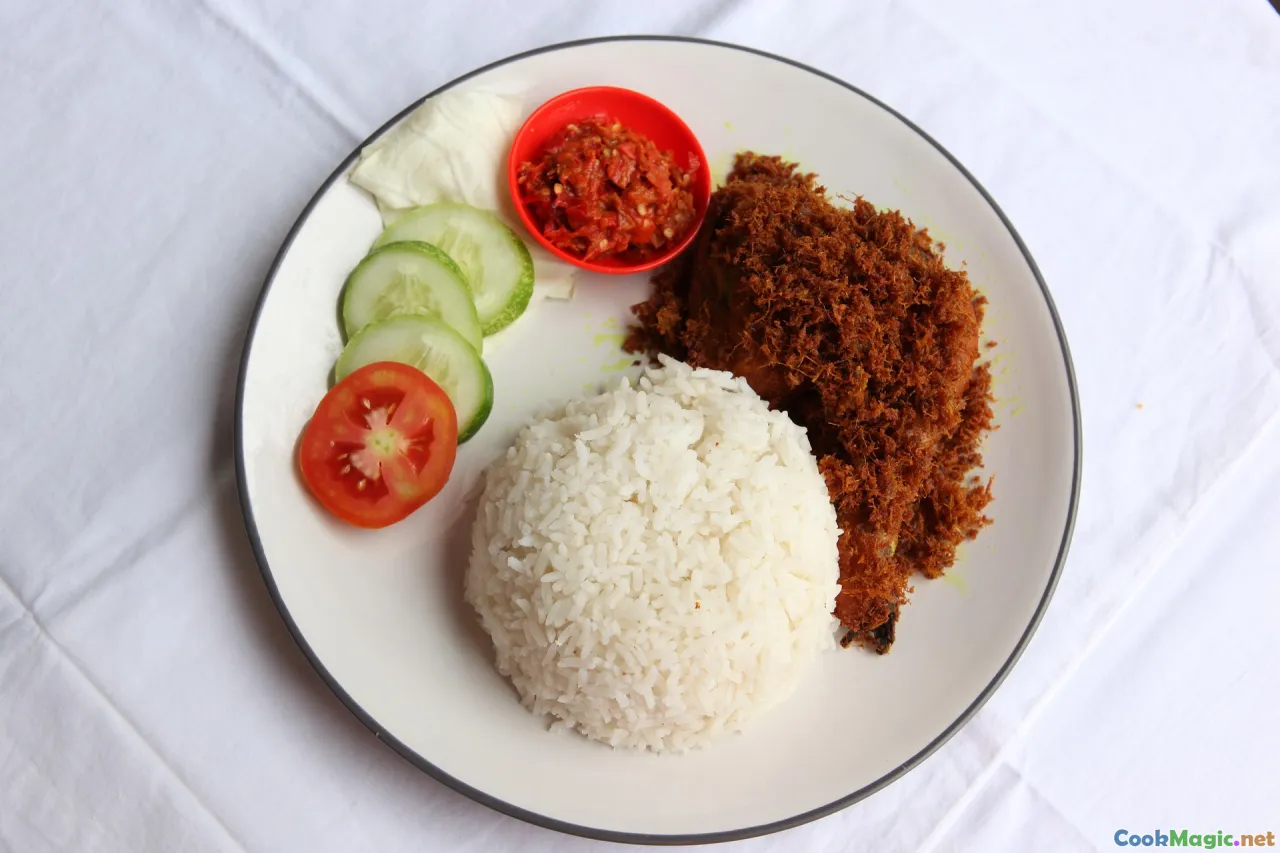
Malaysian cuisine boasts an array of rice-based dishes, each highlighting specific rice qualities and preparation methods.
1. Nasi Lemak: The Sovereign of Comfort Food
This dish features fragrant jasmine rice cooked with pandan leaves, coconut milk, and a pinch of salt. The rice’s aromatic profile and fluffy texture are the results of gentle steaming and careful water ratios. The addition of pandan imparts a distinctive sweet aroma, elevating the humble rice to a royal status. Its accompaniments—sambal, anchovies, boiled egg, and fried chicken—balance and accentuate the rice’s natural flavors.
Tip: Using freshly crushed pandan leaves and slow-cooking rice with coconut milk achieves a richer, more fragrant Nasi Lemak.
2. Hainanese Chicken Rice: Technique Meets Simplicity
Poached chicken paired with perfectly cooked rice—each a masterpiece of technique. The rice is prepared by sautéing garlic and ginger before adding washed rice, then cooking it in chicken stock, which infuses aroma and flavor. The result? Fluffy, fragrant rice that soaks up the chicken’s savory juices.
3. Nasi Kerabu: The Visual and Flavor Fiesta
This striking royal blue rice, colored naturally with butterfly pea flowers, embodies Malaysia’s love for vibrant hues. The rice is soaked in lime and aromatic herbs, elevating its flavor profile—delicate citrus notes blending with herbal freshness. The rice is often served with salted egg, fish, and pickled vegetables—ingredients that balance vivid color with bold taste.
The Cultural Significance of Rice Varieties in Malaysian Festivities

Rice is the centerpiece of festivities that mark major cultural milestones—Hari Raya, Chinese New Year, Diwali, and weddings. Each celebration features specific rice dishes that showcase regional techniques and ancestral recipes.
Hari Raya and Nasi Minyak
Imagine a grand table decorated with Nasi Minyak—a fragrant, buttery rice tinted with saffron or turmeric, enriched with clarified butter, and adorned with raisins and fried shallots. The preparation involves meticulous layering and steaming, resulting in fluffy, fragrant rice that symbolizes prosperity.
Chinese Festivals and Sticky Rice
During Lunar New Year, Pulut Tai Tai—glutinous rice coated with coconut and topped with sweet or savory fillings—is central. Its sticky, chewy texture makes it an ideal vessel for intricate family recipes handed down through generations.
Weddings and Traditional Rice Dumplings
Lemang and Burasak Berlingka (rice cake) are shared during communal festivities—employing bamboo steaming and fermentation techniques that connect modern Malaysians with their ancestors.
Preserving Tradition: Rice Cultivation and Innovation
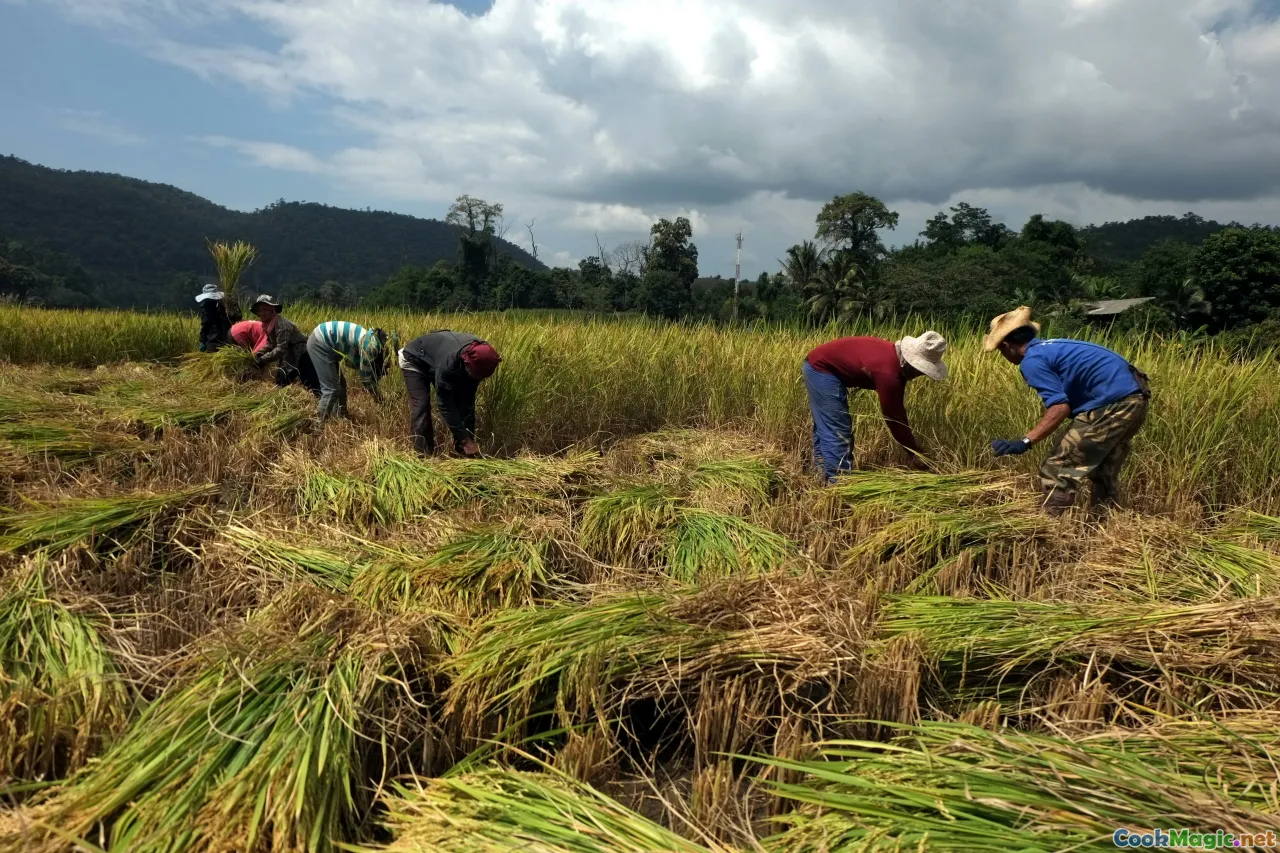
Modern Malaysian farmers combine age-old methods with innovative practices—like sustainable rice paddies, hybrid seed varieties, and eco-friendly pest management—to ensure rice quality and traditions endure.
Innovations such as integrated rice-fish farming not only boost yields but also promote biodiversity and cultural resilience.
On the culinary front, chefs experiment by blending traditional rice varieties with contemporary cooking techniques—like vacuum cooking or sous-vide—to create new textures and flavor profiles while respecting heritage.
Personal insight: Visiting a farm practicing organic padi cultivation unveiled how respectful stewardship of the land ensures the authenticity of Malaysia’s rice traditions remains vibrant.
In essence, Malaysian rice varieties and techniques are more than just culinary choices—they are living symbols of cultural identity, history, and community. Each grain cooked with care, each dish served with pride, tells stories of resilience, harmony, and creativity. As Malaysia continues to innovate yet honor its roots, the grains of rice remain at the very foundation of its rich culinary identity—inviting all who savor to taste the soul of tradition.
Let your next Malaysian meal be a tribute to this rich grain—whose versatility and history continue to inspire countless generations of chefs and home cooks alike. Embrace the diversity, savor the aroma, and celebrate the artistry of rice in Malaysian cuisine.









